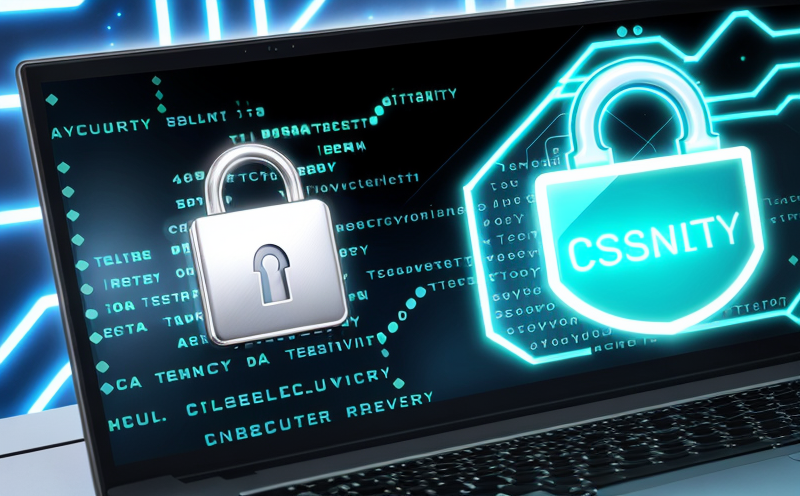IEC 62998 Cybersecurity Evaluation for IoT Collaborative Systems
The Internet of Things (IoT) is transforming industries by connecting devices and systems to enhance efficiency, convenience, and automation. However, as the number of connected devices increases, so does the risk of cybersecurity breaches. IEC 62998 provides a framework for evaluating the cybersecurity aspects of IoT collaborative systems, ensuring that these devices can operate securely in complex environments.
The standard aims to mitigate risks associated with unauthorized access, data integrity, and privacy concerns by establishing a set of requirements and guidelines for the design, development, and deployment of IoT collaborative systems. This service ensures that your smart home or IoT device complies with international standards, protecting sensitive data and maintaining system integrity.
Our team of experts will work closely with you to understand your specific needs and challenges. We can conduct a thorough assessment of your existing systems or assist in the design phase to integrate security measures effectively into your product lifecycle. By following IEC 62998, we ensure that your IoT devices are resilient against potential threats while meeting industry best practices.
The evaluation process typically involves several key steps: initial risk assessment, identification of critical assets and vulnerabilities, implementation of countermeasures, and continuous monitoring and updating. Our service encompasses a comprehensive approach to cybersecurity, addressing both technical and non-technical aspects of IoT systems.
Our team leverages advanced tools and methodologies to simulate real-world attack scenarios and assess the resilience of your IoT devices against these threats. This proactive approach allows us to identify vulnerabilities early in the development process or during system operation, enabling you to take corrective actions promptly.
The IEC 62998 standard specifically targets collaborative systems where multiple devices interact with each other and potentially with external networks. This includes smart home environments where various interconnected appliances and sensors exchange data seamlessly. By ensuring compliance with this standard, we help safeguard your IoT devices against unauthorized access, data breaches, and privacy violations.
The service also covers the integration of secure communication protocols, robust authentication mechanisms, and encryption methods to protect sensitive information during transmission. Our experts ensure that these security measures are implemented effectively, minimizing risks while enhancing user experience.
In summary, our IEC 62998 cybersecurity evaluation for IoT collaborative systems provides a structured approach to securing your smart home or IoT devices against evolving threats. By adhering to this standard, you not only comply with international regulations but also enhance the overall security and reliability of your products.
Applied Standards
| Standard | Description |
|---|---|
| IEC 62998-1 | Cybersecurity requirements for IoT collaborative systems - Part 1: General Requirements |
| IEC 62998-2 | Cybersecurity requirements for IoT collaborative systems - Part 2: Test and Evaluation Guidelines |
Benefits
- Comprehensive assessment of cybersecurity risks in IoT collaborative systems.
- Identification and mitigation of critical vulnerabilities before deployment.
- Enhanced protection against unauthorized access, data breaches, and privacy violations.
- Implementation of secure communication protocols, authentication mechanisms, and encryption methods.
- Compliance with international standards ensuring global market acceptance.
- Improved user trust and confidence in the security of your IoT devices.
Environmental and Sustainability Contributions
In addition to enhancing cybersecurity, our IEC 62998 evaluation service contributes positively to environmental sustainability by promoting energy-efficient practices within smart home and IoT device ecosystems. By ensuring secure and reliable communication between devices, we reduce the likelihood of system failures and unnecessary reboots, which in turn conserves energy.
Moreover, our service helps manufacturers design products that are more sustainable from a lifecycle perspective, including easier maintenance, upgradeability, and recyclability. This aligns with broader sustainability goals by fostering responsible consumption and production patterns.





